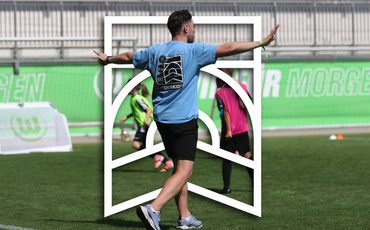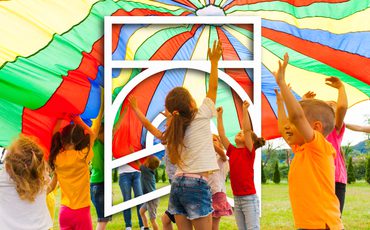Motivating Kids in Sport: What Coaches Need to Know
Motivation is one of the most powerful tools a coach can offer young athletes. While teaching technical skills and physical literacy is essential, helping children stay motivated is what keeps them coming back, learning, and enjoying sport. Two key psychological theories—Self-Determination Theory (SDT) and Achievement Goal Theory (AGT)—offer valuable insights into how coaches can create environments that inspire and engage.
Self-Determination Theory (SDT)
Developed by Edward Deci and Richard Ryan, SDT suggests that all humans have three basic psychological needs: Competence, Autonomy, and Belonging. When these needs are met, children are more likely to thrive and stay motivated.
- Competence: Children need to feel capable and successful. Coaches can support this by setting challenges at the right level and adapting equipment or rules to ensure every child has a chance to succeed.
- Autonomy: Kids are more motivated when they feel they have some control. Offering choices—like selecting equipment or helping design parts of a session—can foster a sense of ownership and empowerment.
- Belonging: Feeling connected to others is crucial. Coaches can build this by encouraging teamwork, learning names, greeting each child warmly, and organising social activities like team outings.
By intentionally designing sessions that meet these three needs, coaches can create a positive and motivating environment for all children.
Achievement Goal Theory (AGT)
AGT, developed by John Nicholls, focuses on how people approach goals. It identifies two main orientations:
- Mastery Orientation: Focused on effort, learning, and personal improvement. Children with this mindset are more persistent, resilient, and positive about learning.
- Performance Orientation: Focused on outperforming others. These children may avoid challenges, fear failure, and give up easily.
Research shows that the environment coaches create can influence which orientation children adopt. To promote a mastery orientation, coaches should:
- Praise effort over outcome – Highlight hard work and improvement, not just results.
- Set process-based goals – For example, “Can you strike the ball cleanly?” instead of “Can you score 8 out of 10?”
- Focus on development – Emphasise skill quality over winning.
- Avoid comparisons – Celebrate individual progress rather than ranking players.
Final Thoughts
Motivating children in sport isn’t about flashy rewards or constant praise—it’s about creating an environment where they feel competent, autonomous, and connected. By applying the principles of SDT and AGT, coaches can help young athletes develop a lifelong love of sport, build resilience, and enjoy the journey of learning and growth.
Watch the full video below
Comments
Related Pages



It's a very useful video. To achieve development, we must know the Self Determination Theory. Three basic needs - competence, autonomy, and belonging. Achievement goal theory - Mastery orientation vs Performance orientation. I think that mastery orientation is the foundation. There could be no performance without mastery.